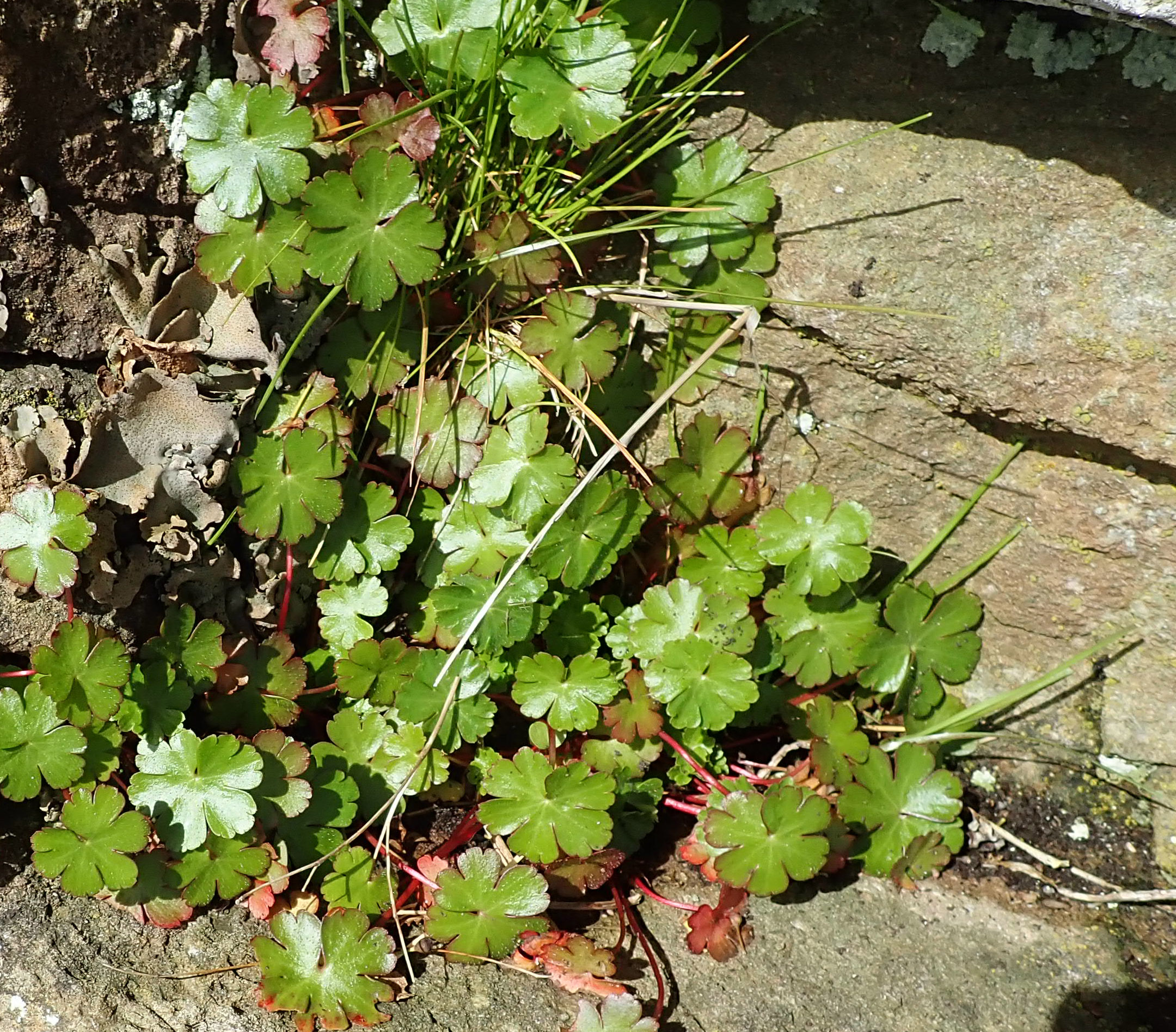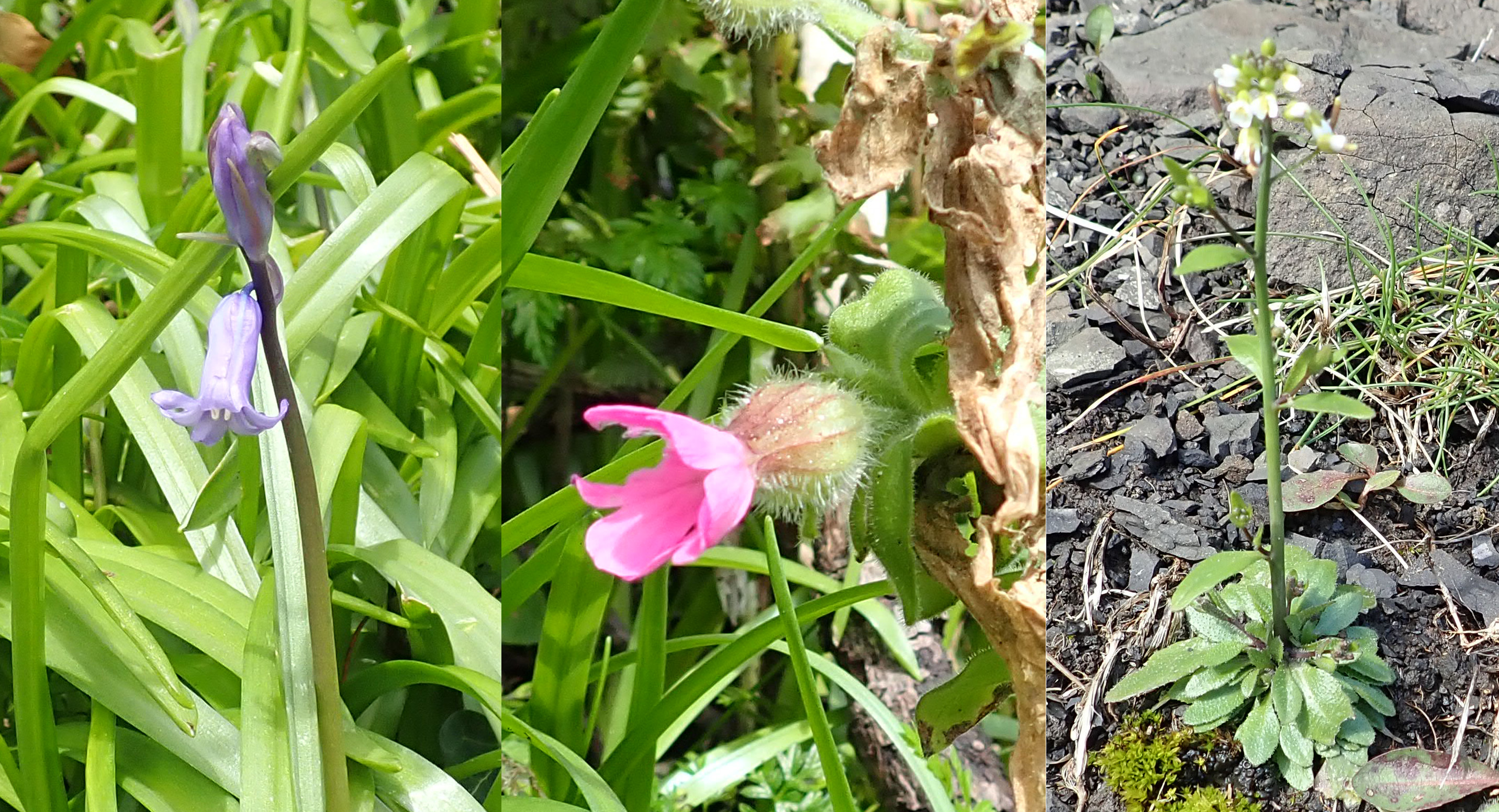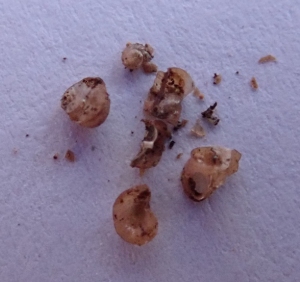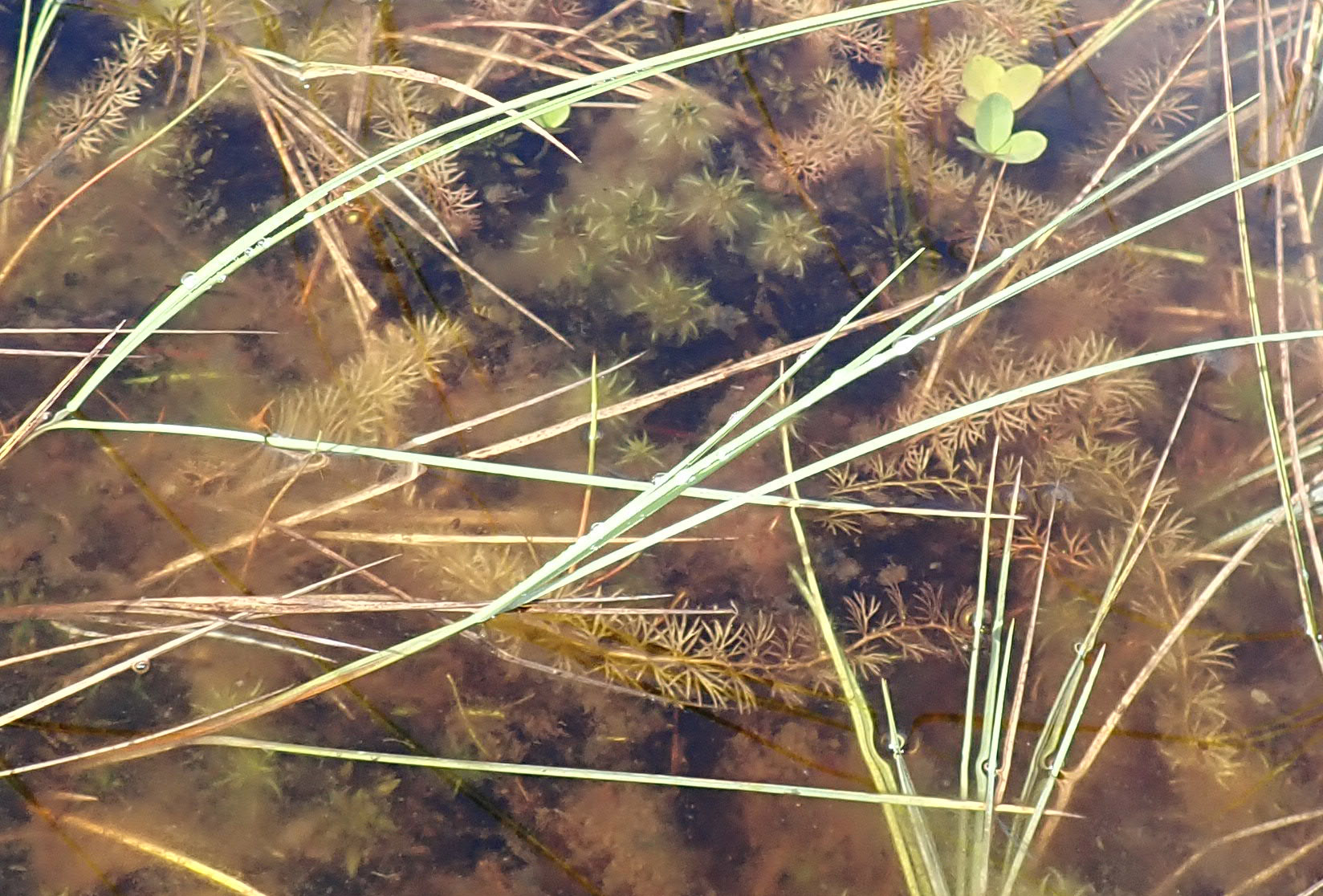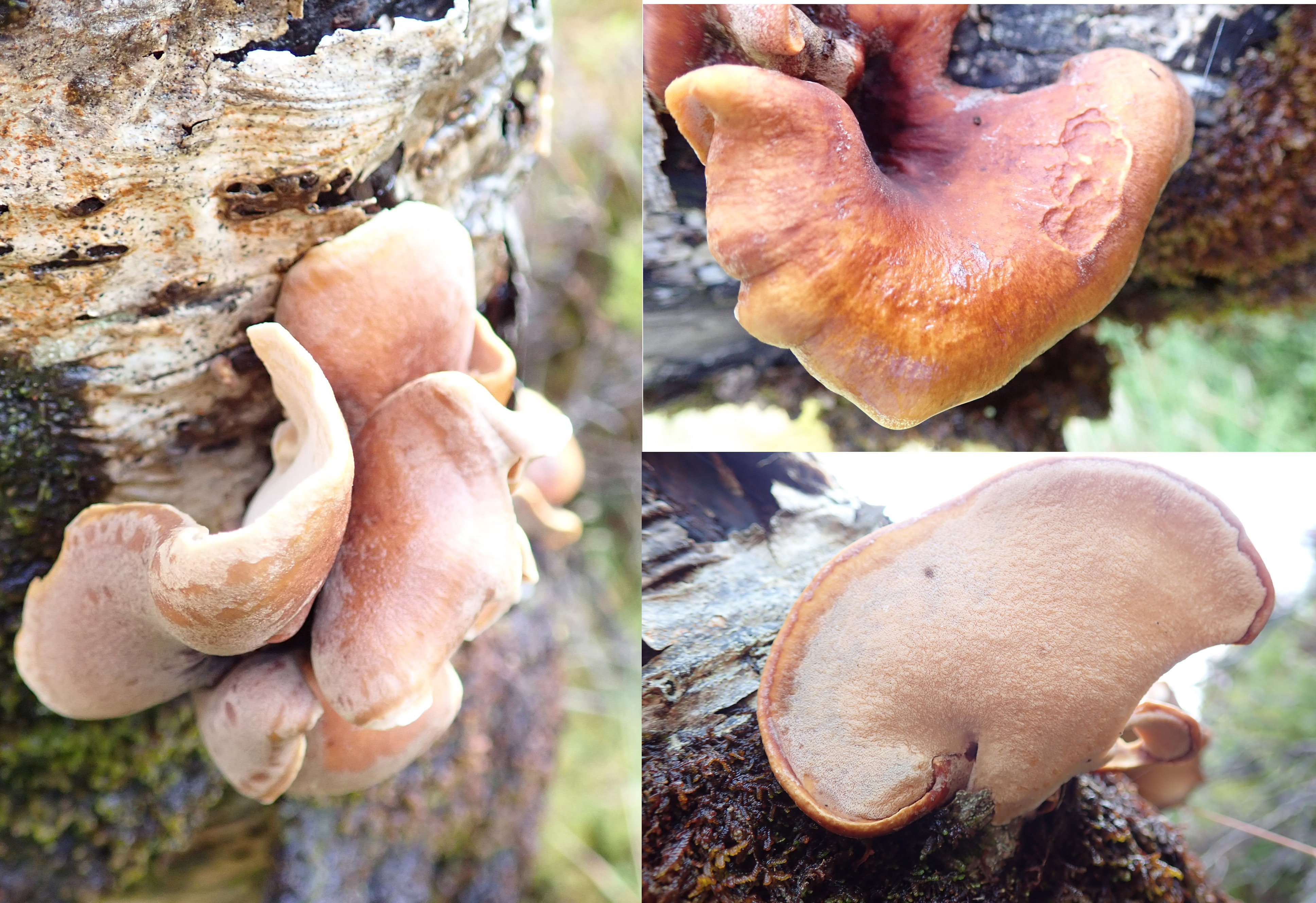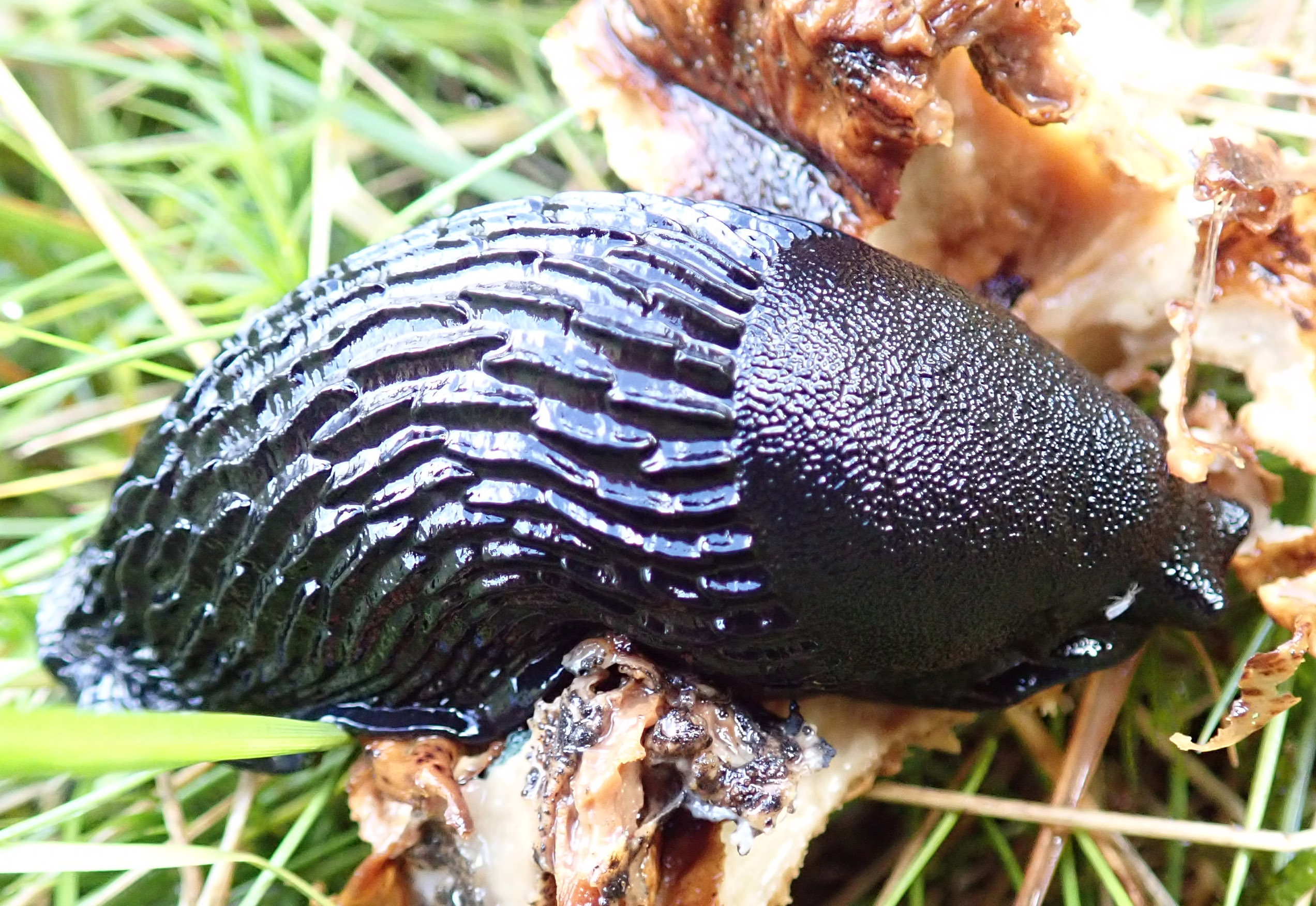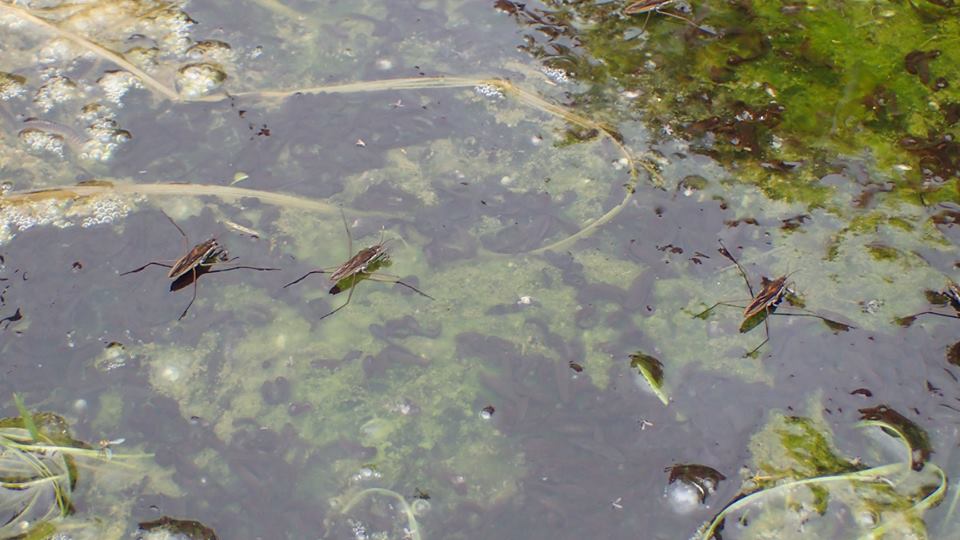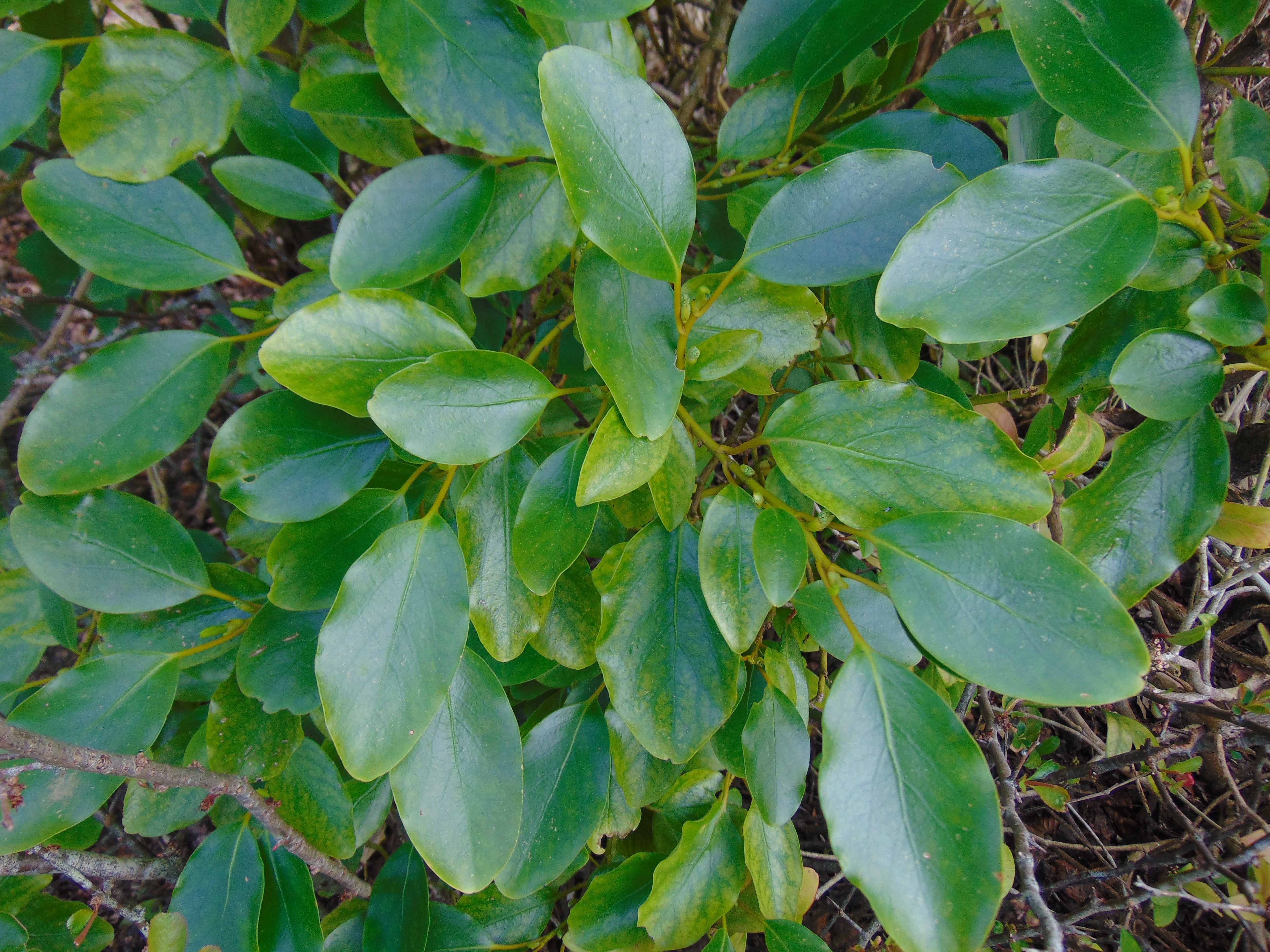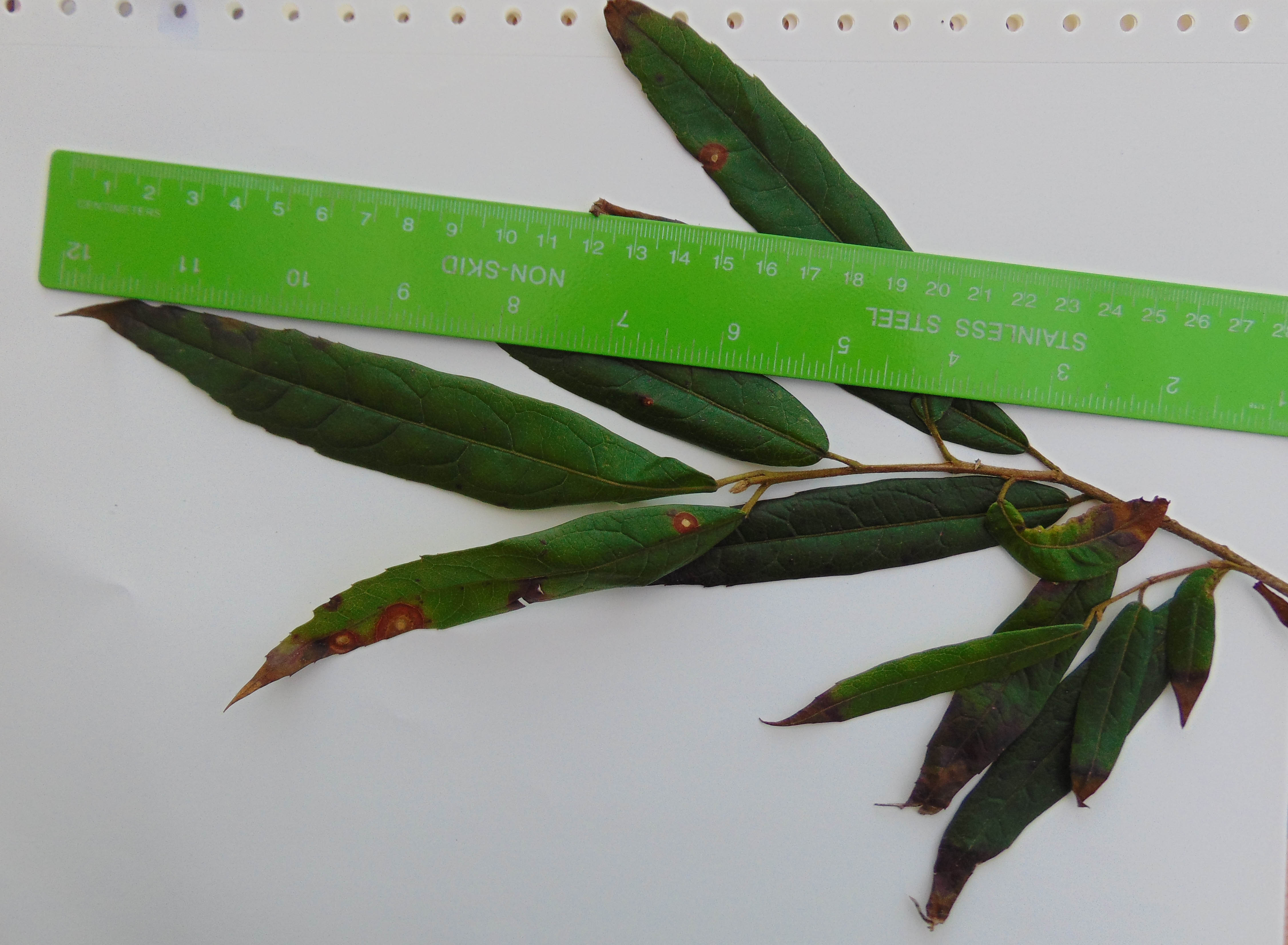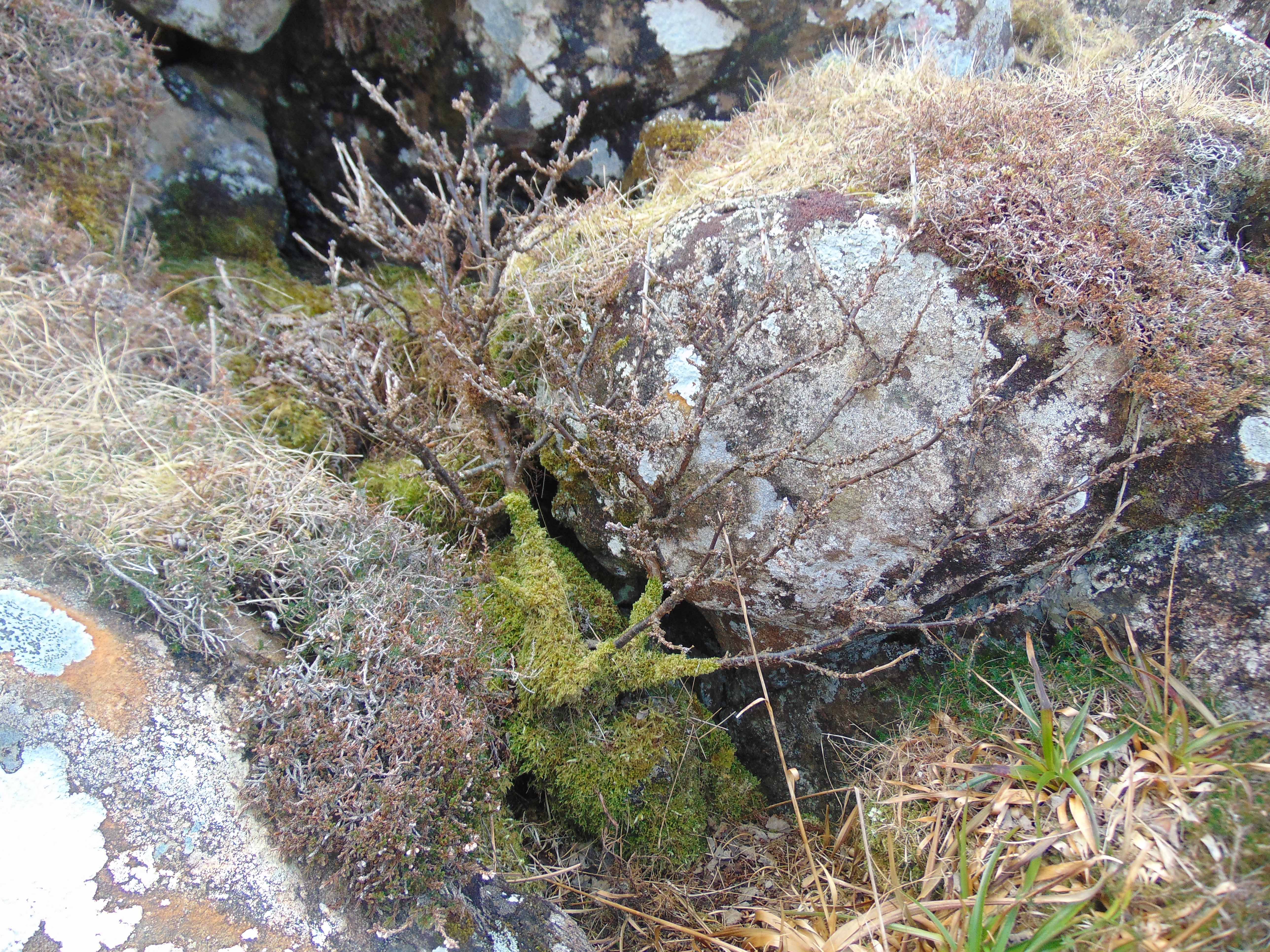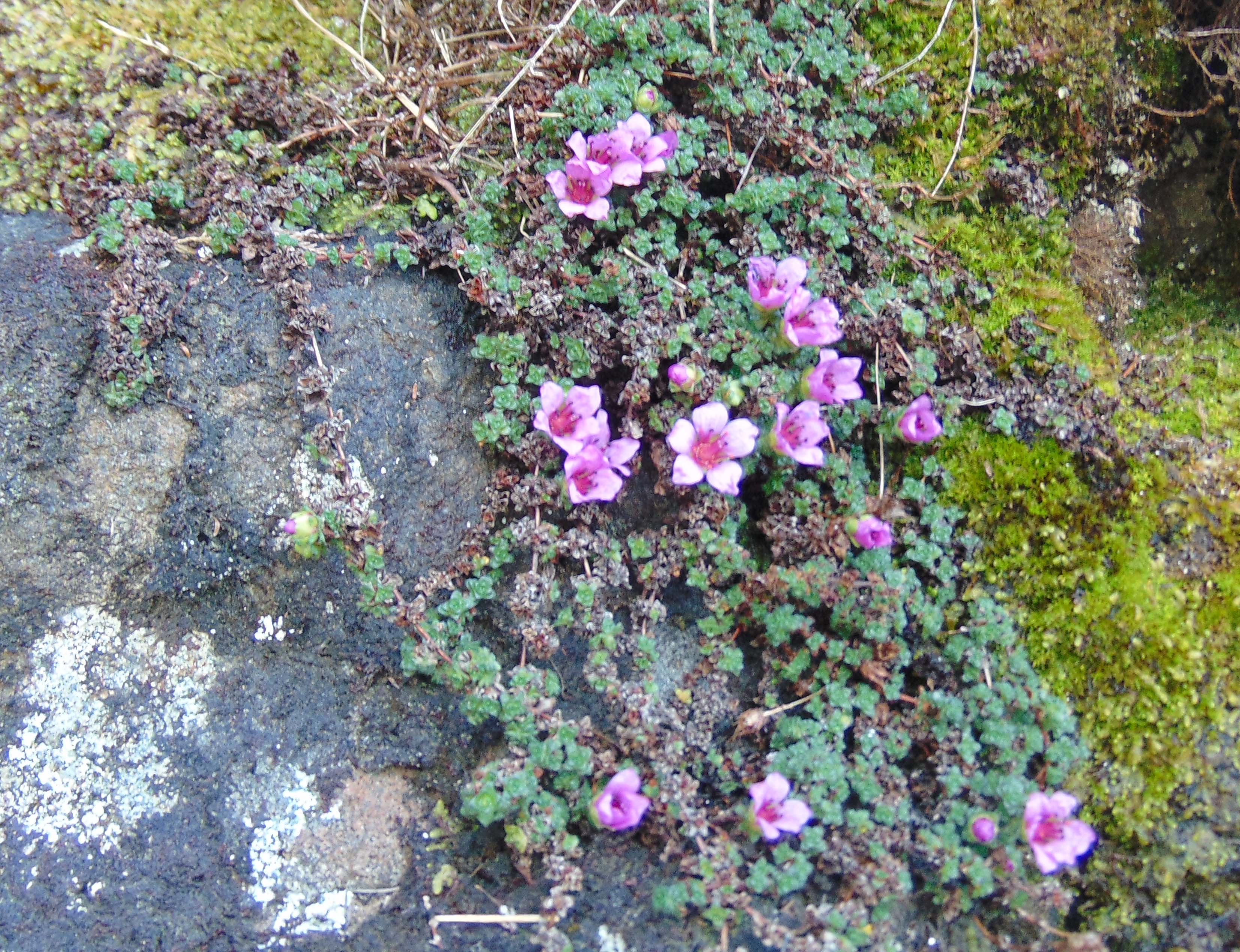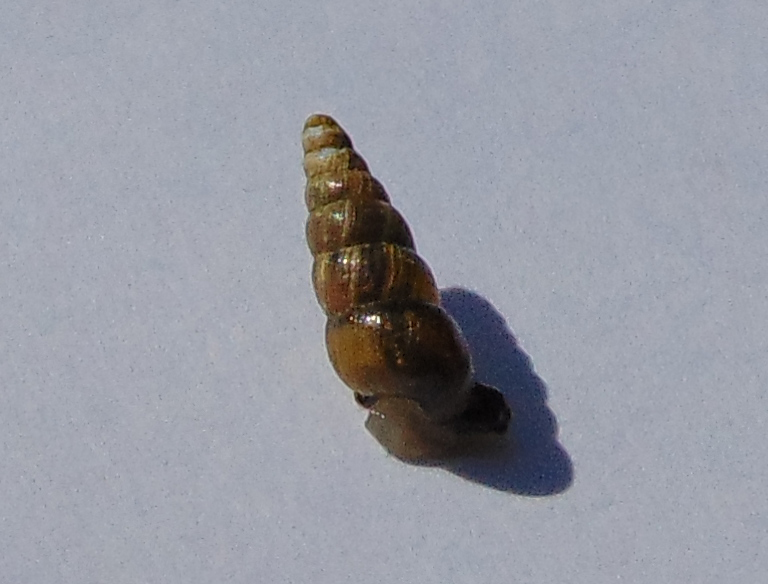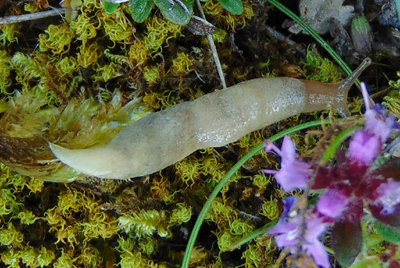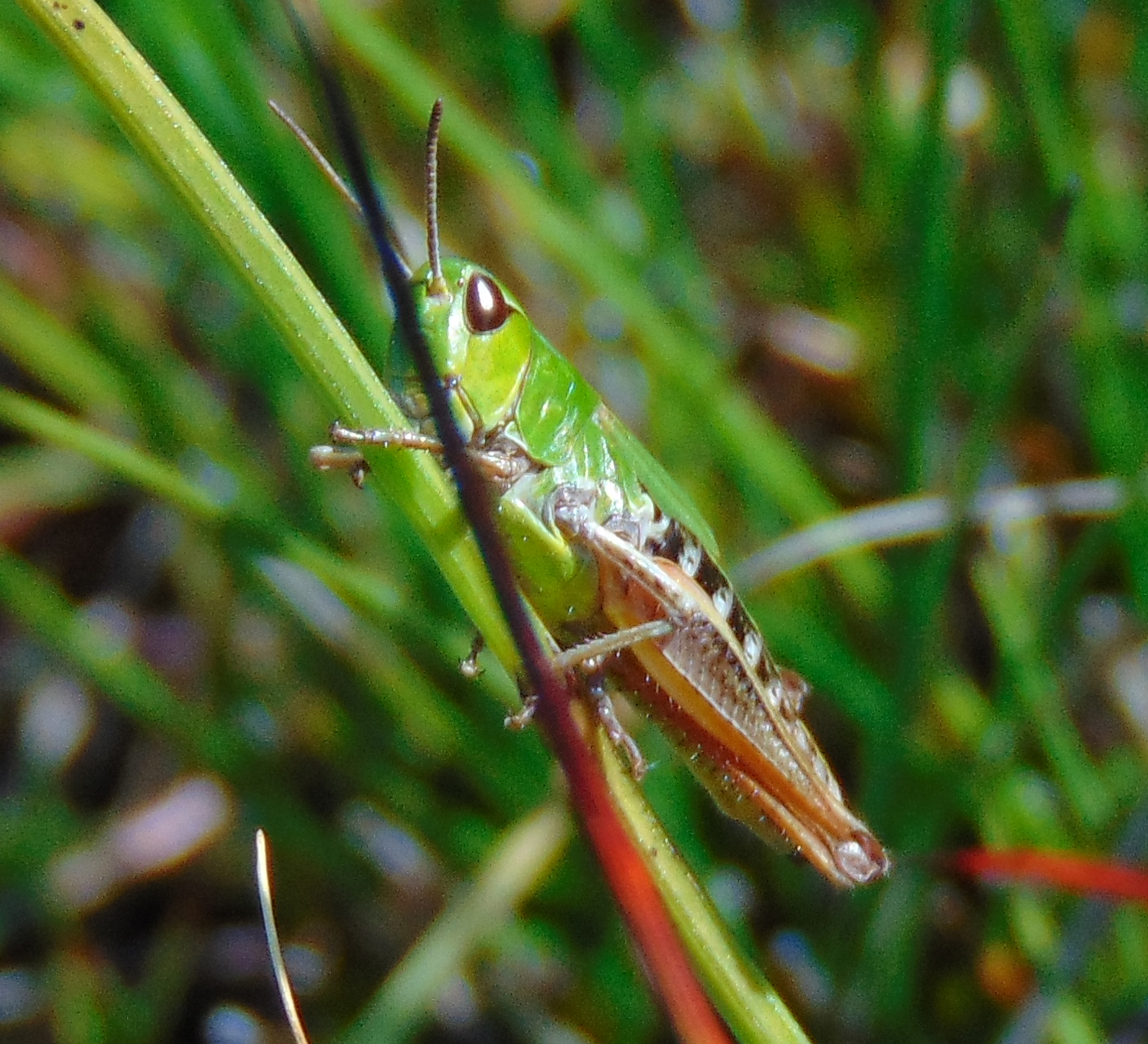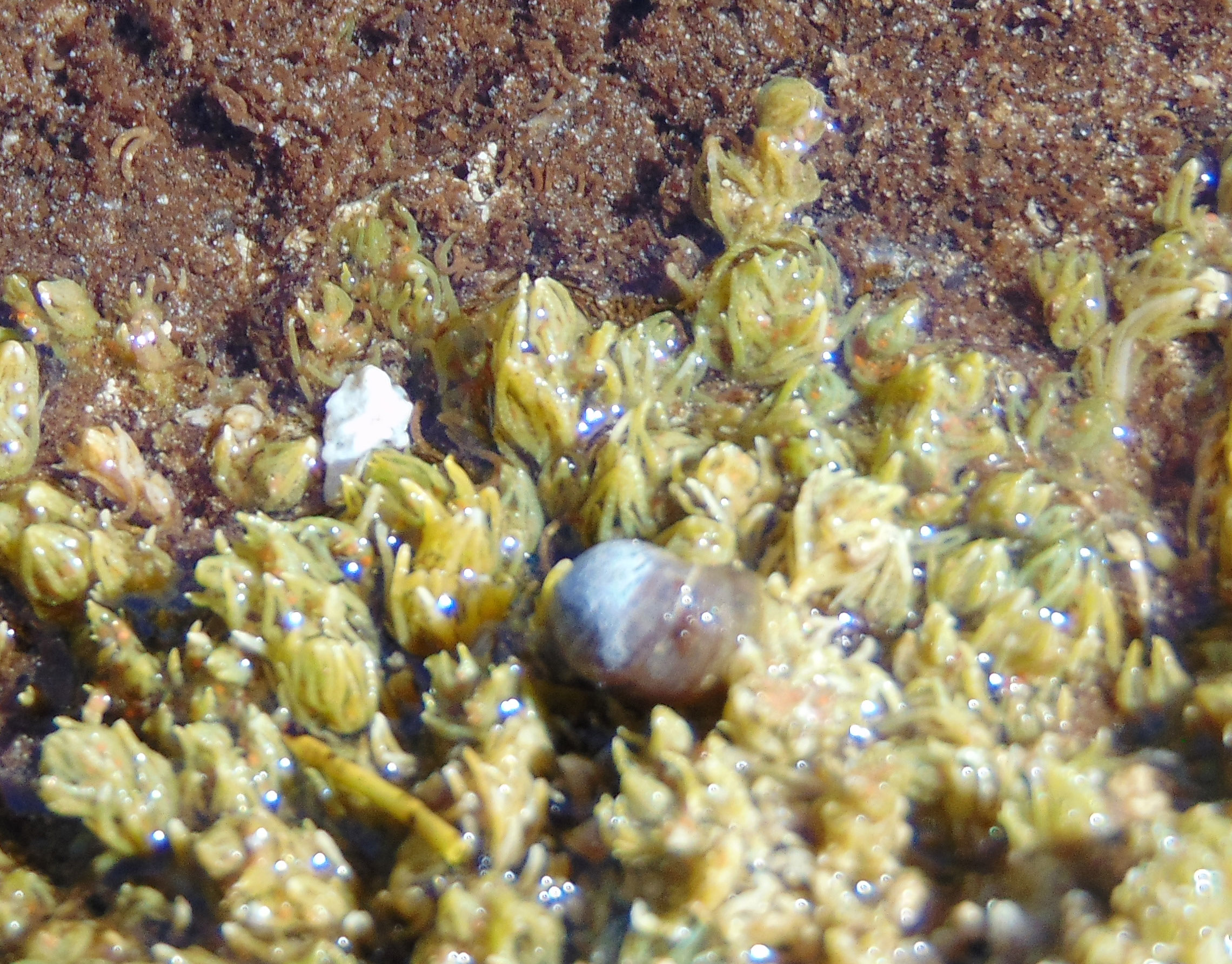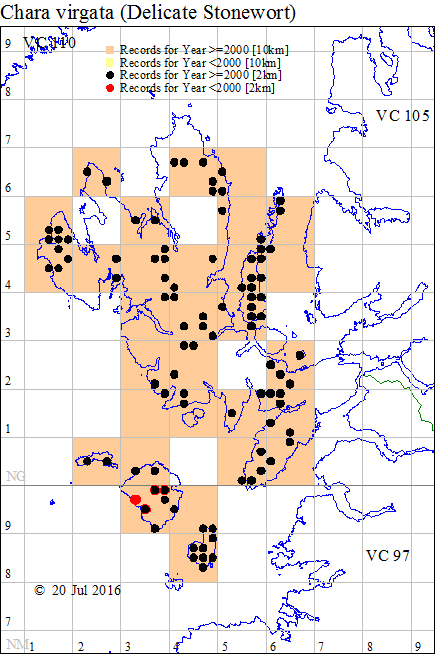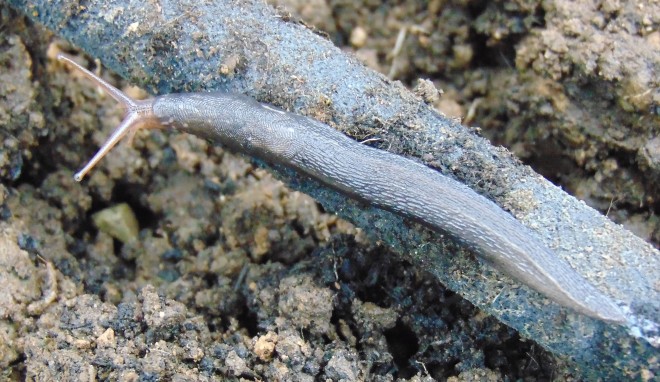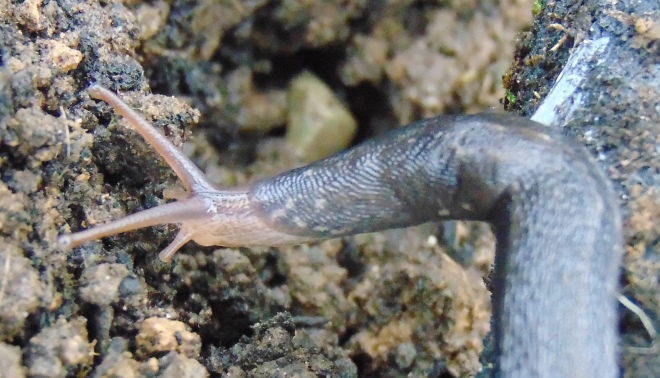An interesting weekend. Today I found this little bug at the top of the shore close to home.
Not the best ever image, but it was very lively and I wanted to let it go as this is the first record on the Scottish west coast apart from one way south in Wigtownshire.
The moth trap was out last night but produced no new April records. This Streamer was nice, though:
However, out on the shore I have found almost certain evidence of the Gelechiid Scrobipalpa clintoni (Northern Dock-borer). This hole is in Rumex crispus (Curled Dock) and I also have two in R. obtusifolius (Broad-leaved Dock).
I am hoping for emergence, but I hear one has already emerged on the cooler side of the country in Banff, so I may be too late. However, all is not lost. If there is no emergence it may be possible to examine the pupal exuviae and confirm the species.
This is a Scottish west coast specialist though the only record from VC104 is from Muck in 1985. Distribution map from the Gelechiid Recording Scheme:
And finally, the non-native Green-soled Slug (Arion flagellus) cruising along the garden path last night. Now becoming quite common in the vice-county.











